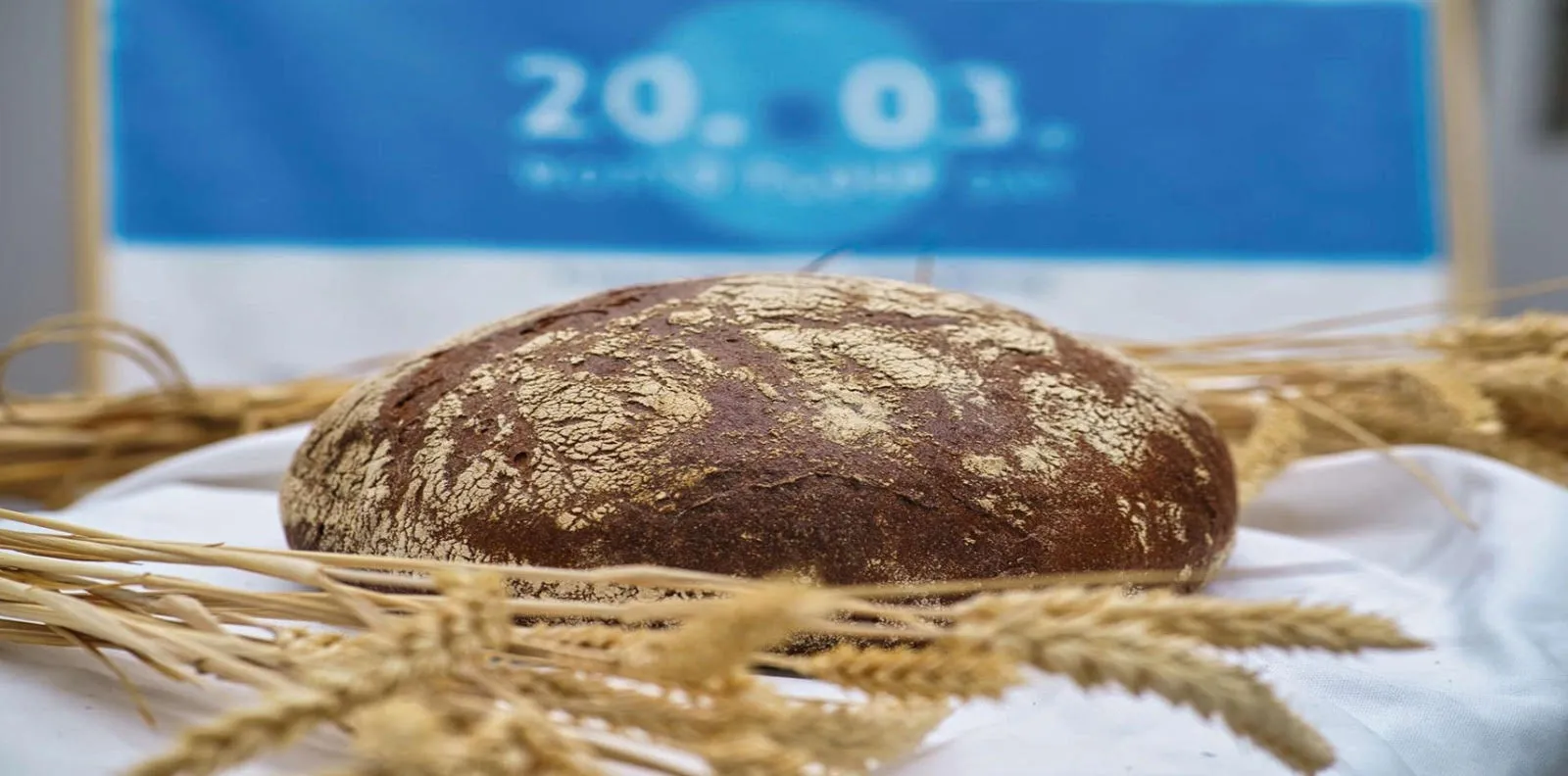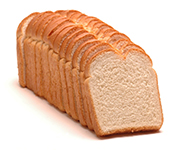
Enzyme
Before diving into the role of flour and bread enzymes, it’s useful to take a step back. The history of bread dates back nearly as far as the history of humanity itself. The early ancestors of cereals, including wheat, were cultivated in Mesopotamia around 10,000 BC, marking the beginning of the agricultural era. Achieving consistent, ideal bread characteristics in a commercial setting remains a challenge.
Flour, the primary ingredient in bread, can vary significantly, and the dough produced from it must be adaptable, working consistently with minimal variation depending on the settings and timing of the production process. With advancements in biotechnology and the commercial production of various flour enzymes, these natural biocatalysts have emerged as alternatives to many chemical additives.
Flour enzymes can act on several components of wheat flour, including starch, gluten proteins, arabinoxylans, and lipids, catalyzing specific reactions. The primary functions of these enzymes in baked goods can be categorized into four main roles: texture enhancers, whiteners, anti-staleness agents, dough improvers, and standardizers for bread and flour quality.










